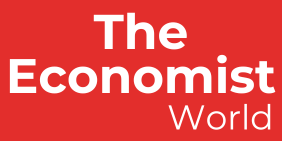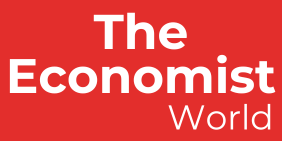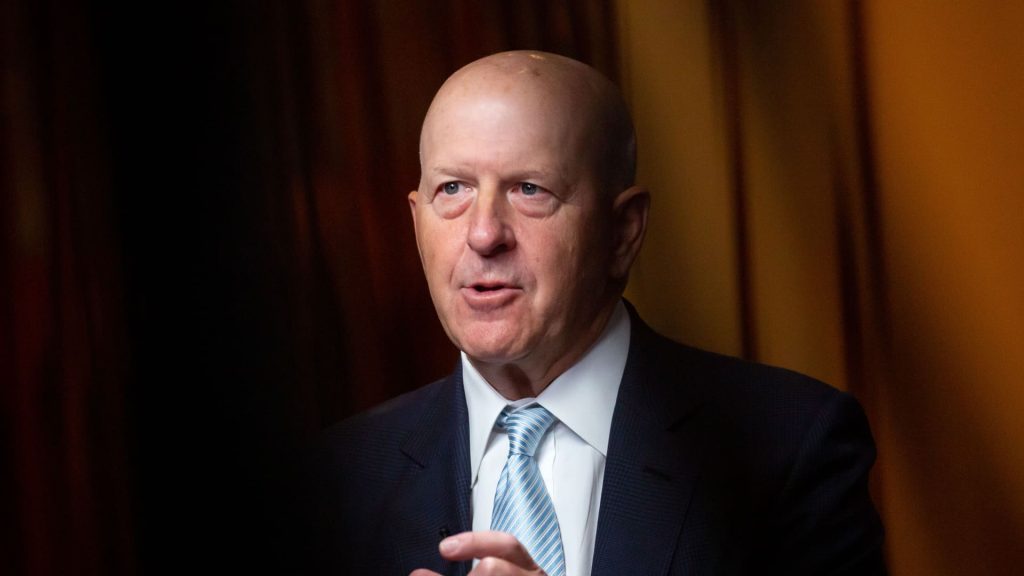Post Views: 142
Goldman Sachs on Monday reported better-than-expected first-quarter results, jumping over Wall Street’s lowered bar and reassuring investors. Revenue in the three months ended March 31 rose 6% year over year to $15.06 billion, topping the consensus estimate of $14.81, according to LSEG. Earnings per share (EPS) jumped 22% on annual basis to $14.12, well ahead of the $12.35 estimate, LSEG data showed. GS YTD mountain Goldman Sachs’ year-to-date stock performance. Goldman shares, which entered the week down sharply from its highs of the year, rose roughly 1% in response. The stock, however, was still down 22% year to date versus the S & P 500 ‘s decline of 8% so far in 2025. Bottom line Goldman’s results confirmed the widely expected state of play in the first quarter: Weaker investment banking revenue due to a slower-than-expected rebound in dealmaking and initial public offerings (IPOs), but a strong performance from its trading desk, thanks to plenty of market volatility in recent months. The primary force behind both realities is heightened uncertainty about the outlook for the economy due to President Donald Trump ‘s unpredictable and evolving tariff policies. In the two weeks since Goldman closed the books on its first quarter, that has not improved at all — if anything, it has become more pronounced, with many companies pausing their IPO plans in early April after Trump announced his “reciprocal” tariffs. While Goldman had some big investment banking announcements in the first quarter — advising on Alphabet ‘s Google $32 billion deal to buy cybersecurity startup Wiz and Walgreen s’ $24 billion go-private transaction — it also had some disappointments. Fintech firm Klarna last month and ticketing platform StubHub this month pulled their IPOs. Goldman has a hand in each. “What Goldman excels at is helping clients in a time of turmoil and they did great there,” Jim Cramer said Monday. “But .. when you take a look at investment banking, they’re just not making a lot of money.” To see a material rebound in investment banking, we’ll need to see more clarity on tariff policy. However, it’s hard to say when that will arrive. That’s the unfortunate news. Goldman Sachs (GS) Why we own it: Goldman Sachs is our bet on a rebound in dealmaking as the regulatory environment once President-elect Donald Trump returns to the White House next week. Initiation date: Dec. 19, 2024 Most recent buy: March 19, 2025 Competitors: Morgan Stanley, JPMorgan, Bank of America and Citigroup The encouraging news is that, in the first quarter, Goldman’s trading teams delivered in a big way to help offset the challenging environment for investment banking. Revenue on the equity trading side totaled $4.19 billion, up 21% from the final three months of 2024 and 27% from a year ago. That was roughly $546 million above analysts’ expectations, according to FactSet. Meanwhile, its fixed income, currency, and commodities (FICC) desk delivered $4.4 billion in revenue, up 61% sequentially — the first quarter is a seasonally strong period — and 2% on annual basis. The FICC revenues missed expectations by about $154 million. Goldman also beat expectations on two of the metrics that investors use to judge the quality of bank results: (1) efficiency ratio and (2) return on tangible common equity or ROTCE. Plus, the firm bought back a boatload of stock — $4.36 billion worth, amounting to 7.1 million shares, more than double its fourth-quarter spending and a record high — and its board of directors authorized a $40 billion repurchase program. Jim said he hopes Goldman remains active with the buyback this month, given the stock is much lower than it was earlier this year. Put it all together, and Goldman’s results show a bank that is executing well against a blurry backdrop. The biggest blemish with the quarter was investment banking, and investors knew that going into the release — that is primarily why the stock lost 26% between Feb. 18, the day it set an all-time closing high of $672 a share, and Friday’s close. We’re reiterating our buy-equivalent 1 rating , but lowering our price target to $615 a share from $650 to account for the economic uncertainties. Commentary As seen in the chart above, Goldman’s quarter was not perfect — but on the metrics where it fell short of expectations, we don’t see cause for concern. For example, compensation and benefits expense of $4.88 billion was only modestly above estimates. The revenue misses for the asset and wealth management and the platform solutions segments also were minor, and the beat on global banking and markets handily made up for them. Additionally, Goldman’s common equity tier 1 ratio — a measure of a financial institution’s ability to withstand stress in the financial system — also was a bit light versus expectations. However, it was still solidly above the Federal Reserve’s mandated level of 13.7% . The trading desk was the star of the show, as expected , due to the volatile market conditions in the first quarter. The equities performance, in particular, was excellent and helped fuel the firm’s topline revenue beat. CEO David Solomon had positive commentary on activity levels thus far in the second quarter, which came in response to analysts’ question about whether the events of April are creating “good volatility” or “bad volatility” for traders. “We’re early in the quarter. So far the business is performing very well, and clients are very active,” Solomon said. “I know there is a higher level of uncertainty … but clients are active. People are shifting positions.” He added, “We still see significant activity levels.” While FICC trading saw relatively more muted performance in the first quarter, Solomon said recent moves in currency markets, with a weakening U.S. dollar, are creating a lot of action. “Activity levels there are extraordinarily high. Record activity levels,” Solomon said of currency trading. On the investment banking side, Solomon offered both a sober assessment of the impact of economic and trade-policy uncertainty, along with some optimism about the future. “We are entering the second quarter with a markedly different operating environment than earlier this year,” Solomon said, acknowledging that the company’s dealmaking expectations — hopes of a boom thanks to Trump back in the White House — have yet to pan out. Indeed, first-quarter revenue of $1.92 billion was just shy of the $1.94 billion estimate, according to FactSet. However, at the end of January, the consensus estimate stood around $2.24 billion, which shows how Wall Street recalibrated its expectations as facts on the ground changed. But all is not lost, Solomon argued, and the firm saw an increase in its backlog for the fourth quarter in a row. That is a good sign. “This is a little bit counterintuitive, but when the landscape changes, companies have to rethink their strategic positioning, and interestingly, when you look at dialogues, dialogues are increasing,” the CEO said. “Now, obviously, increased dialogues take a while to turn into deals and play through. But … we had a notable increase in our backlog. Our backlog was up a lot during the quarter.” There is a lag between when transactions enter the backlog and deals are announced and the time that Goldman records revenue, Solomon explained. “In a period of uncertainty, things will slow down. … I do think for a period of time there will be some uncertainty around on how certain [deals] that were close proceed forward, but I would expect a significant amount of M & A activity through the rest of the year,” he said. “Obviously, if the landscape got more constrained, there’s a risk of it slowing. But we’re continuing to be out with clients, doing the things that we do, and I don’t see anything at the moment that leads me to believe that it’s a fundamental shift in that activity.” (Jim Cramer’s Charitable Trust is long GS. See here for a full list of the stocks.) As a subscriber to the CNBC Investing Club with Jim Cramer, you will receive a trade alert before Jim makes a trade. Jim waits 45 minutes after sending a trade alert before buying or selling a stock in his charitable trust’s portfolio. If Jim has talked about a stock on CNBC TV, he waits 72 hours after issuing the trade alert before executing the trade. THE ABOVE INVESTING CLUB INFORMATION IS SUBJECT TO OUR TERMS AND CONDITIONS AND PRIVACY POLICY , TOGETHER WITH OUR DISCLAIMER . NO FIDUCIARY OBLIGATION OR DUTY EXISTS, OR IS CREATED, BY VIRTUE OF YOUR RECEIPT OF ANY INFORMATION PROVIDED IN CONNECTION WITH THE INVESTING CLUB. NO SPECIFIC OUTCOME OR PROFIT IS GUARANTEED.
David Solomon, CEO of Goldman Sachs, during a Bloomberg Television at the Goldman Sachs Financial Services Conference in New York on Dec. 6, 2022.
Michael Nagle | Bloomberg | Getty Images
Goldman Sachs on Monday reported better-than-expected first-quarter results, jumping over Wall Street’s lowered bar and reassuring investors.


